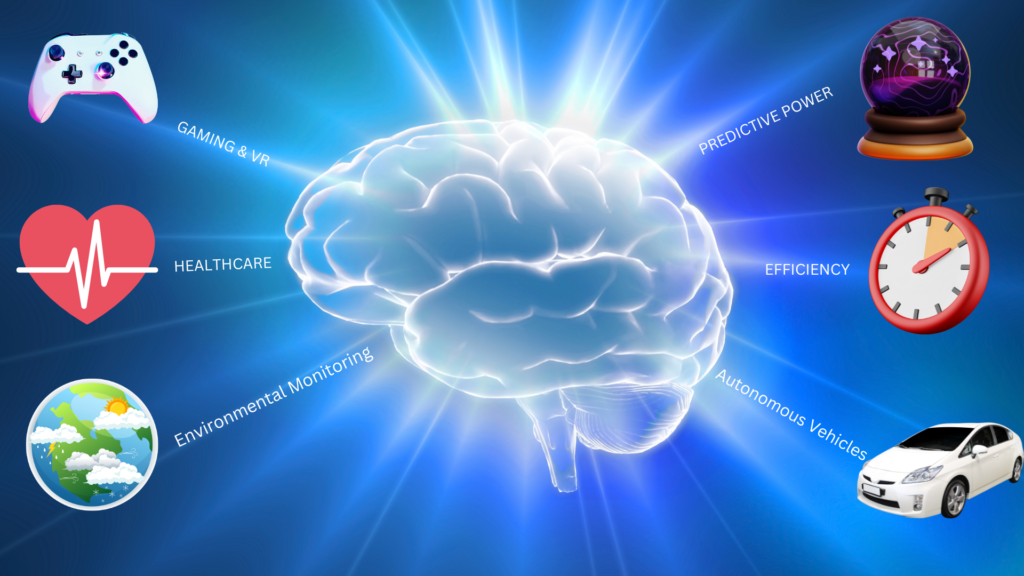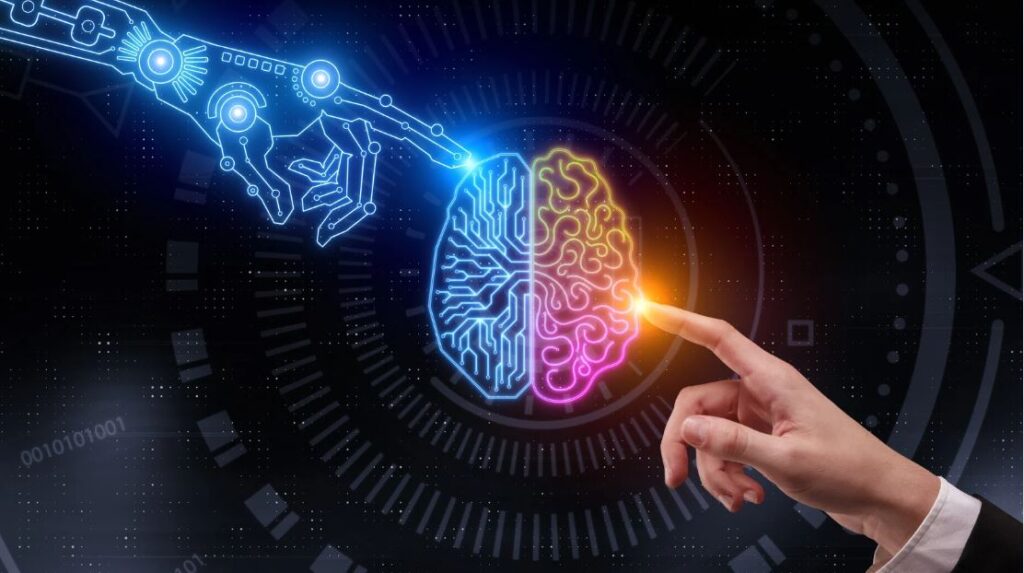Discover How AI World Models are Revolutionizing Robotics, Healthcare, and More.
Artificial Intelligence (AI) is no longer just a futuristic concept. It’s transforming industries, from healthcare to autonomous vehicles. While AI is widely associated with automation and data processing, recent advancements are pushing its boundaries. One of the most promising innovations is world models, which aim to make AI systems more intuitive, adaptive, and capable of making decisions in unpredictable environments.
But what exactly are world models, and why do they matter? Let’s explore how this revolutionary technology is bridging the gap between perception and action.

What Are World Models?
At its core, a world model is an AI system’s internal representation of its environment. By processing sensory data—such as images, sounds, and text—these systems create internal simulations to predict outcomes. Similar to how humans form mental models to anticipate the trajectory of a basketball, AI uses world models to understand and navigate complex scenarios.
Fei-Fei Li, a renowned AI researcher from Stanford University, explains:
“Our brains build internal models to navigate the world, allowing us to react and predict based on sensory input.”
Source: Fei-Fei Li, Stanford University
AI world models function in much the same way, but with a twist: they’re designed not only to observe but to reason, plan, and anticipate future actions. This makes them more than passive data processors—they’re active decision-makers.
How World Models Bridge Perception and Action
The unique power of world models lies in their ability to link perception with action. Consider a professional baseball batter. They don’t consciously calculate where to swing the bat; instead, their brain’s internal model predicts the ball’s trajectory, enabling quick, precise adjustments.
Similarly, AI systems with world models can:
- Recognize objects in dynamic environments.
- Predict behavior (e.g., how objects might move).
- Take actions based on these predictions.
For example, in robotics, a robot equipped with a world model can navigate a room by predicting object movements, avoiding obstacles, and adjusting its actions in real-time.
Applications: Transforming Industries with World Models
World models have the potential to revolutionize multiple sectors. Here are some key examples:
1. Robotics and Autonomous Vehicles
- Self-driving cars can predict traffic behavior and anticipate pedestrian movements for safer navigation (Waymo).
- Delivery robots can plan optimal routes, even in unfamiliar environments (Starship Technologies).
2. Healthcare and Diagnostics
- AI systems can simulate disease progression and suggest treatment plans, aiding doctors in providing precise care (Stanford Health Care).
- Predictive models can alert medical professionals to potential health risks in real-time (HealthIT.gov).
3. Gaming and Virtual Reality (VR)
- AI-powered game characters can react dynamically to player actions, creating immersive gaming experiences (Unity Technologies).
- Virtual worlds can adapt in real-time, making them more engaging and realistic (Epic Games).
4. Environmental Monitoring
- AI can simulate weather patterns and forecast natural disasters, enabling better disaster preparedness (National Oceanic and Atmospheric Administration).
- Environmental agencies can track pollution levels and predict climate change impacts (EPA).

Overcoming Challenges in World Models
Despite the promise of world models, there are still several technical hurdles to overcome. The challenges primarily revolve around data and computational power.
1. Massive Compute Requirements
World models require enormous computational resources to function effectively. While some AI systems, like simple language models, can run on smartphones, world models need thousands of GPUs to process vast amounts of data in real time (NVIDIA).
2. Training Data Limitations
The quality of any AI system depends heavily on the quality of the data it’s trained on. If world models are trained on biased or narrow datasets, their predictions and actions could be skewed. For example, a model trained primarily on sunny weather data from European cities may struggle to simulate snowy conditions in Asian cities (AI Ethics Journal).
3. Navigating Uncertainty
AI systems, even with world models, can still struggle with uncertainty. The complexity of the real world means that no model can account for every possible variable. Researchers are working on refining world models to handle these uncertainties, enabling AI to make better decisions under uncertain conditions (MIT Technology Review).

The Future of AI World Models
The potential of world models goes far beyond what we see today. As AI systems develop a deeper understanding of their environments, they could evolve into more capable, autonomous entities that can reason, plan, and adapt to new situations without human intervention.
Experts like Yann LeCun, Meta’s Chief AI Scientist, predict that the future of world models could include machines that not only perform tasks but also reason through them (Meta AI).

These advancements could revolutionize industries that rely on complex decision-making, such as logistics, education, and customer service, creating a new generation of smarter, more adaptable AI systems.
Shaping Tomorrow’s Intelligence
World models represent a significant leap forward in AI’s quest for human-like cognition. By enabling machines to simulate, predict, and act based on internal models of the world, these systems will unlock a world of possibilities—from autonomous vehicles and intelligent robots to more immersive video games and smarter healthcare solutions.
However, the road to realizing the full potential of world models is still long. The challenges of data quality, computational power, and uncertainty must be addressed before we see the kind of intelligent machines that can reason and plan like humans.
Still, the future of AI looks brighter with every advancement in world models. As researchers continue to refine these systems, the dream of creating truly intuitive, reasoning machines is closer than ever.

How do you see AI world models shaping our future?
Let us know in the comments below and make sure to follow DigitalBlogly.com on Facebook, X, Tumbler for more insights into the tech innovations shaping our world!
